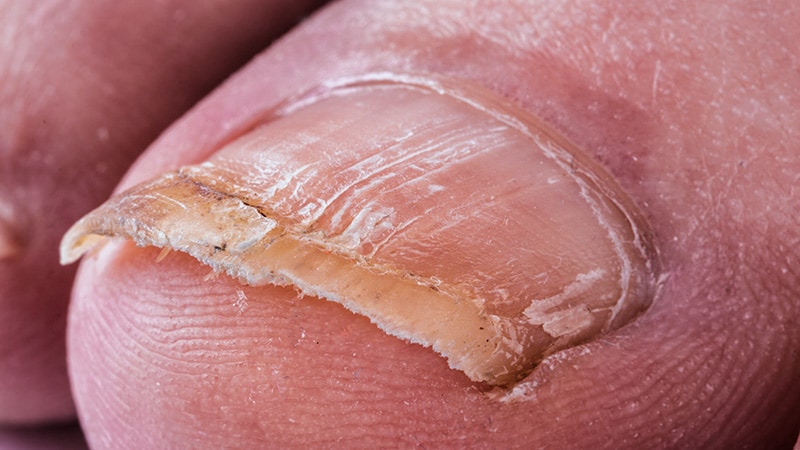Patients with onychodystrophy who have a history of tinea pedis, chronic kidney disease, peripheral vascular disease, or type 2 diabetes are at an increased risk of having onychomycosis. An accurate diagnosis is crucial due to increasing antifungal resistance. A retrospective case-control study evaluated 1256 patients with onychodystrophy, finding that tinea pedis, chronic kidney disease, and type 2 diabetes were associated with higher risk of onychomycosis. Factors such as age, body mass index, and race were not predictive. The study suggests that visual examination alone may not reliably diagnose onychomycosis, emphasizing the need for appropriate testing and antifungal stewardship. The limitations include a small sample size and lack of data on underlying condition severity.
Source link
Study Identifies Several Onychomycosis Risk Factors
